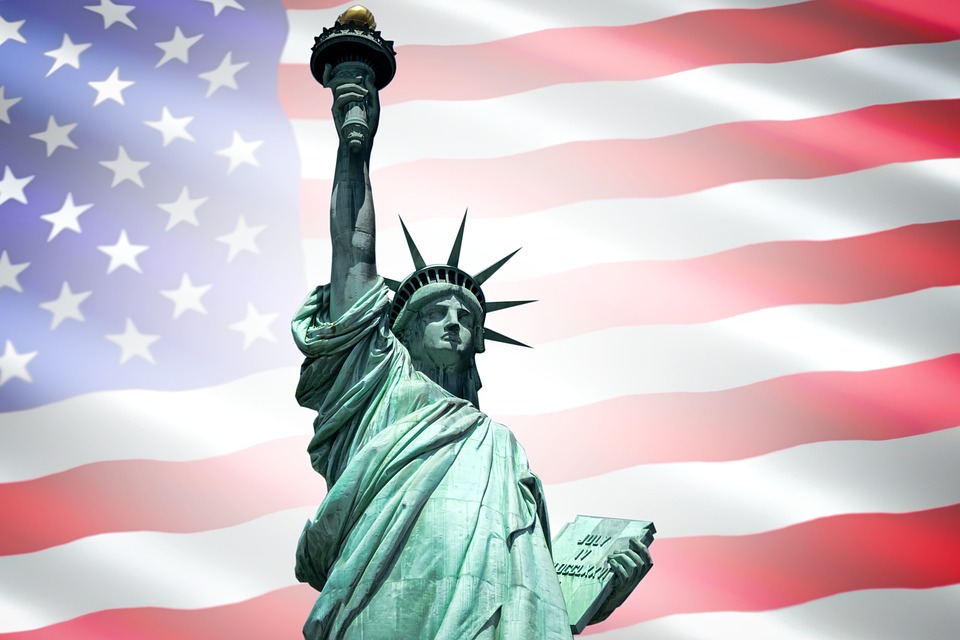
Growing roses can be a challenging task, but selecting the right location can help set the stage for success. Roses require a specific set of growing conditions to thrive, and the environment where they are planted can have a significant impact on their growth and health. Here are the essential factors to consider when selecting a suitable location for growing roses:
Sunlight:
Roses need at least 6 hours of direct sunlight per day to produce an abundance of flowers. A location that receives morning sun is ideal as it helps to dry the dew from the leaves, reducing the risk of fungal diseases. In hotter climates, afternoon shade can be beneficial to prevent the plant from getting too much direct sunlight. If the site is too shady, the rose plant may become weak, and the flower production will be reduced. Therefore, the location should have a balance of sun and shade.
Soil:
Roses require well-draining soil that is rich in organic matter. The pH level of the soil should be between 6.0 and 6.5, which is slightly acidic. Before planting roses, it’s recommended to do a soil test to determine the soil’s nutrient content, pH level, and texture. If the soil is too heavy, clay-like, or compacted, it should be amended with organic matter such as compost, manure, or peat moss to improve drainage and aeration.
Water:
Roses need adequate water to grow and produce flowers. They should be planted in a location that is not too dry or too wet. If the site is too dry, roses will struggle to grow and may wilt, and their leaves will turn yellow. On the other hand, if the site is too wet, the roots may become waterlogged, leading to root rot, and the plant may die. Therefore, the location should have well-draining soil that allows water to pass through freely.
Wind:
Roses can be damaged by strong winds. They should be planted in a location that is protected from strong winds or gusts. A sheltered location, such as a wall or a fence, can be beneficial to protect the roses from the wind. If the site is too windy, the rose plant may become damaged, and the flowers may be knocked off the plant.
Temperature:
Roses grow best in a moderate temperature range of 15-25°C (60-75°F). If the temperature is too hot, above 30°C (86°F), the rose plant may suffer from heat stress and may not produce many flowers. If the temperature drops below freezing, the rose plant may become damaged and die. Therefore, it’s essential to select a location where the temperature is moderate.
Air Circulation:
Good air circulation is crucial for roses as it helps to reduce the risk of fungal diseases. The location should have a moderate breeze that allows air to move through the plant. If the location is too still, the plant may become prone to fungal diseases, and the leaves may become damp.
Pests and Diseases:
Roses are susceptible to various pests and diseases, including aphids, spider mites, powdery mildew, black spot, and rust. It’s essential to select a location that is not prone to these issues. If the area has a history of pest or disease problems, it’s best to avoid planting roses in that location. Additionally, selecting disease-resistant varieties can reduce the risk of pest and disease problems.
Space:
Roses need sufficient space to grow and thrive. The location should have enough room for the plant to grow to its full size without overcrowding or being shaded by other plants or structures. Additionally, it’s important to consider the space required for maintenance, such as pruning and deadheading.
Access to water:
Roses require regular watering, especially during the growing season. Therefore, the location should be easily accessible to a water source. If the location is far from a water source, it can become challenging to keep the plant properly hydrated. Installing a drip irrigation system or a soaker hose can also help to ensure that the plant receives adequate water.
Landscape Design:
The location selected for growing roses should complement the overall landscape design. Roses can be used as a focal point or as part of a larger garden design. The location should be visually appealing and blend in with the surrounding plants and structures. Additionally, it’s important to consider the height and size of the rose plant, and its compatibility with other plants in the garden.
In conclusion, selecting the right location is essential for growing healthy and beautiful roses. Factors such as sunlight, soil, water, wind, temperature, air circulation, pests and diseases, space, access to water, and landscape design all play a critical role in the success of growing roses. By considering these factors, gardeners can create an optimal environment for their roses to thrive, producing an abundance of beautiful blooms for years to come.







